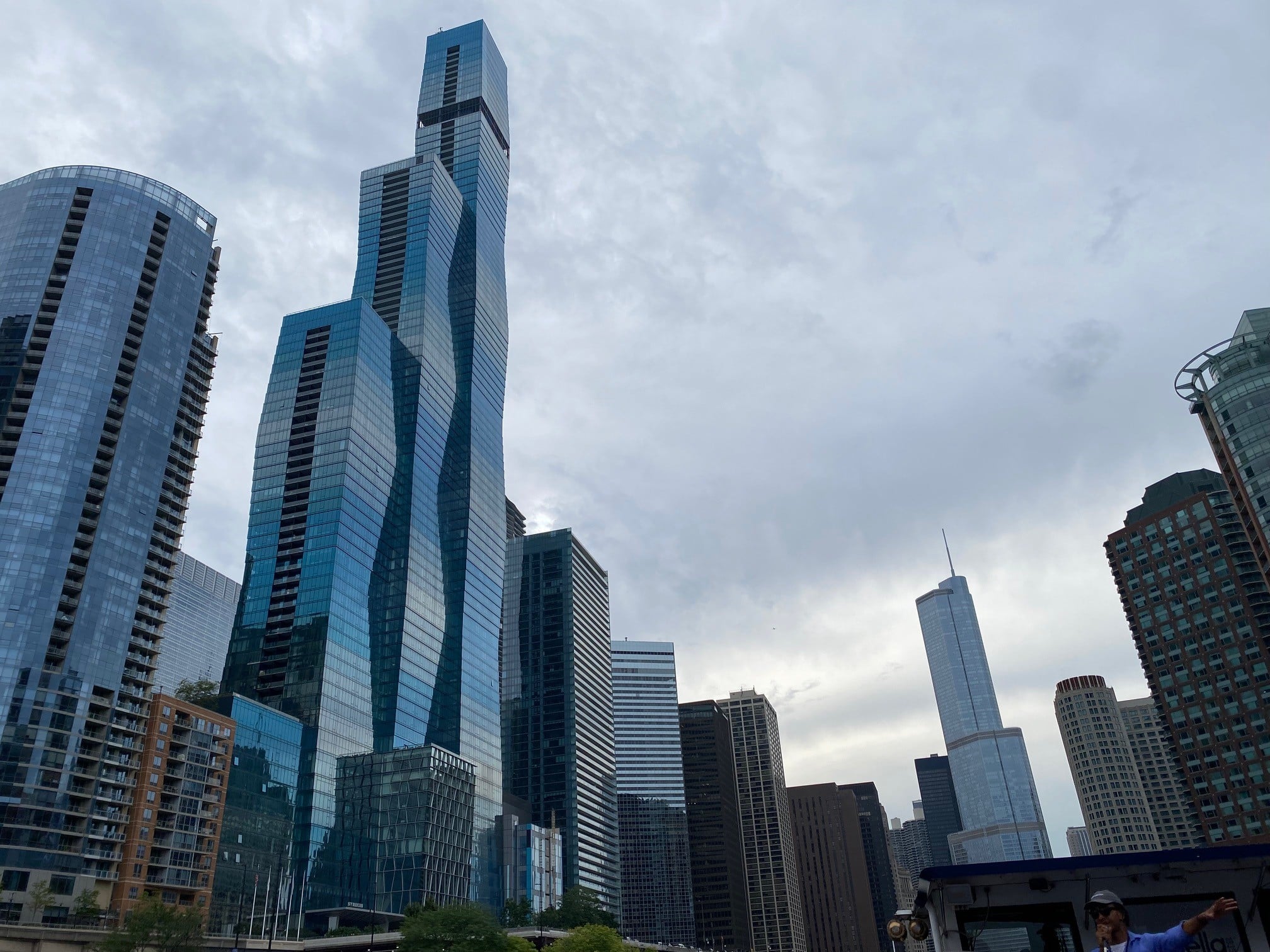Patent Office Offers Program For Inventors to File Their Own Patent Applications

The Patent Office just announced a SOAR program called “Learn the three-step approach to filing a patent without an attorney and what the USPTO Midwest Regional Office can do for you.” In this program, the PTO teaches inventors how to file their own patent applications. This is on the heels of a specific program that lets first-time filers expedite their applications for free.
The USPTO has a lot of great programs. This isn’t one of them.
The PTO is on a mission to increase access to the patent system. The Office has created a micro-entity status, a law school pro bono assistance program, and other methods for helping more people file with the Patent Office.
This program appears to be consistent with that mission. However, I am worried that what it really does is create in inventors a false sense of competency about filing and prosecuting patent applications. From a more cynical perspective, I am worried it will separate an inventor from his or her filing fees, by bringing in a lot of filing fees even when those applications are unlikely to ever become patents.
Filing a patent application is relatively easy. You just have to go through the mechanics of drawing some pictures, writing some words, and navigating the submission process. But that is the process of filing it only. Writing a patent application is not easy at all. Writing a good patent application is even harder. It takes foresight, knowledge of the prior art, understanding of patent laws, experience with the patent examination rules, and whole number of other considerations. Prosecuting a patent application isn’t easy, and prosecuting a bad patent application is downright difficult.
Prosecuting a bad application written by an inventor, unfortunately, is often impossible. I have in the past 15 years met a number of inventors who wrote their own applications. I admire their effort and inspiration. Usually, though, I am unable to help them, either because they made an error in the initial application that just cannot be corrected, or because the cost of repairing the issues in the application is too high. All of these inventors had good intentions and thought they were writing good patent applications, but they just did not know what the Patent Office would do with their application after filing, and they often didn’t know that there are many changes that cannot be made to an application after filing. One study found that 76% of applications filed by the inventor ended in abandonment. I am worried that programs like this SOAR one will increase the number of people filing bad applications.
You may think that I am biased against a program like this because it might steal work away from my business. However, I am unconcerned with my bottom line and much more worried about protecting the inventor’s pocketbook. The Venn diagram between inventors who hire good patent attorneys and inventors who enroll in programs like this to file their own applications has little overlap. People who are enrolling in a course like this probably aren’t considering hiring me. So, this is not business that would have ever called on me. I am not losing anything here. My bigger concern is the money that those inventors may be wasting.
One thing that a patent attorney can do is help you decide whether to file a patent application at all. A good patent attorney will discuss the prosecution process, the requirements for patentability, and then have a frank discussion with you about the chances that your invention can successfully be patented. In some cases, the patent attorney may suggest a patent search to gain further objective evidence of patentability. But the attorney acts as an important gatekeeper, perhaps preventing bad applications from being filed in the first place, and thus saving the inventor considerable expense. This counsel comes from legal schooling, years of experience, and deep knowledge of patent laws and rules.
Without fault of their own, inventors don’t possess these things. And they shouldn’t – there is no reason for them to have training or experience like a patent attorney. But that lack of knowledge makes them a danger to themselves. Because they have no one to tell them “no,” or “your chances of getting a patent on this subject matter are very low,” or “there are 57 ways you’ve never heard of to make a mistake that will be fatal to this application,” they believe they can file. And programs like this reinforce that belief. In other words: Just because they can doesn’t mean they should.
If you would like information about filing a patent application, please call Tom Galvani at 602.281.6481.
